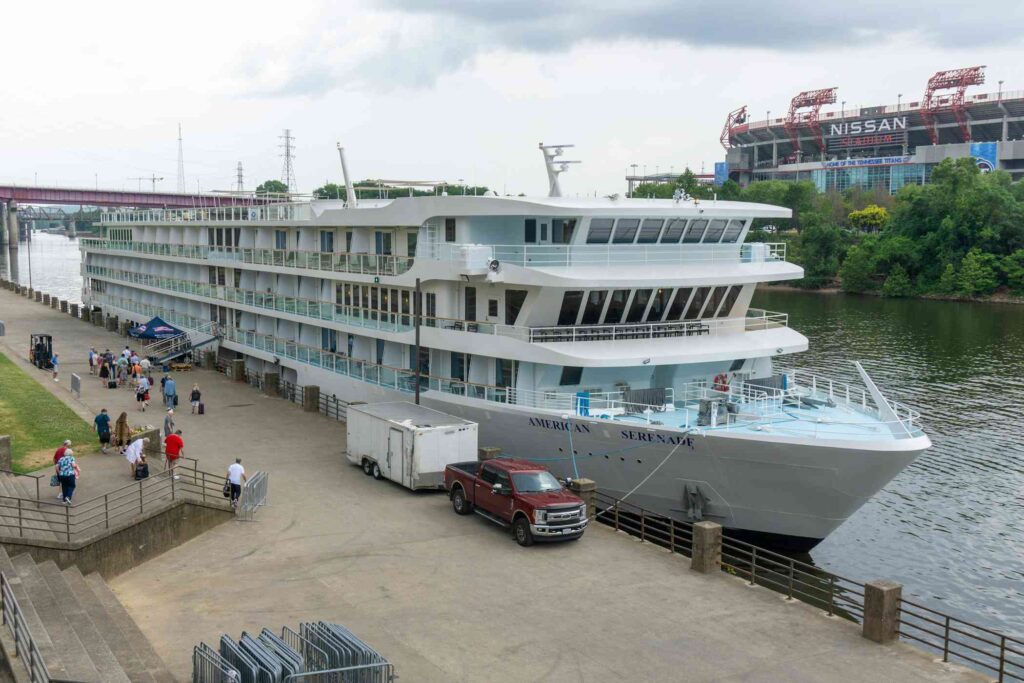When it comes to docking your boat, following recommended practices can ensure a smooth and safe docking experience. Whether you’re a seasoned sailor or a beginner, these expert tips will help you master the art of docking your boat like a pro.
Choose the Right Time and Conditions
Before you begin the docking process, it’s essential to consider the weather and water conditions. Choose a time when the wind and currents are favorable for docking. Avoid docking during strong winds, heavy rain, or rough waters, as these conditions can make the process challenging and increase the risk of accidents.
Prepare Your Lines and Fenders
Prior to approaching the dock, make sure your lines and fenders are properly set up. Fenders should be positioned to protect the boat from any potential impact with the dock or other vessels. Ensure that your dock lines are securely attached and ready to be deployed when needed. Having your lines and fenders in place will help prevent damage to your boat and the dock during the docking process.
Approach the Dock at a Controlled Speed
As you approach the dock, maintain a controlled speed to give yourself ample time to assess the situation and make any necessary adjustments. Avoid approaching too quickly, as this can increase the risk of overshooting the dock or causing a collision. Slow and steady progress will give you better control over the docking process.

Credit: www.facebook.com
Use Proper Docking Techniques
When maneuvering your boat into position, use proper docking techniques to ensure a successful and safe docking. This includes using a combination of forward and reverse thrust, as well as steering the boat to align it with the dock. Practice these techniques to become familiar with your boat’s responsiveness and handling in different docking scenarios.
Communicate with Your Crew
If you have a crew on board, clear communication is essential during the docking process. Assign specific roles to each crew member, such as handling the lines, fenders, or assisting with maneuvering the boat. Clear communication and coordination will help streamline the docking process and minimize the risk of errors or accidents.
Remain Cautious and Alert
Throughout the docking process, maintain a high level of caution and alertness. Be mindful of your surroundings, including other boats, obstacles, and the movement of the water. Keep a lookout for any potential hazards and be prepared to make quick adjustments to your approach if needed.
:max_bytes(150000):strip_icc()/TAL-lead-image-of-variety-GREECECRUISE0224-d6a6aa3f9a384e06b0e64dbdf514482e.jpg)
Credit: www.travelandleisure.com
Secure Your Boat and Double-Check
Once your boat is safely docked, secure the lines and fenders to ensure that the boat remains in place and is protected from any potential movement or impact. Double-check the security of the lines and fenders to provide peace of mind that your boat is well-secured before leaving it unattended.
Frequently Asked Questions On Which Of The Following Is Recommended When Docking Your Boat : Expert Tips
Which Boat Docking Technique Is Recommended For Beginners?
For beginners, the best boat docking technique is to approach the dock at a slow speed, use fenders for protection, and maintain constant awareness of wind and current.
What Are The Key Safety Precautions To Take When Docking A Boat?
To ensure a safe boat docking experience, it is important to secure loose items, communicate effectively with the crew, wear appropriate life jackets, and be aware of your surroundings at all times.
How Do You Properly Secure A Boat When Docking?
When docking a boat, it is essential to use proper dock lines, attach them to strong points on the boat, and adjust their length to prevent excessive movement while allowing for tidal changes.
What Are The Recommended Docking Procedures During Rough Weather Conditions?
During rough weather conditions, it is recommended to approach the dock at an angle, utilize a spring line to control the boat’s movement, and have additional crew members ready to assist if needed.
Conclusion
In conclusion, following recommended practices when docking your boat is crucial for the safety of your vessel and the surrounding environment. By choosing the right time and conditions, preparing your lines and fenders, approaching the dock at a controlled speed, using proper docking techniques, communicating with your crew, remaining cautious and alert, and securing your boat, you can master the art of docking like a seasoned sailor. With practice and attention to these tips, you can confidently navigate the docking process and enjoy a stress-free boating experience.

